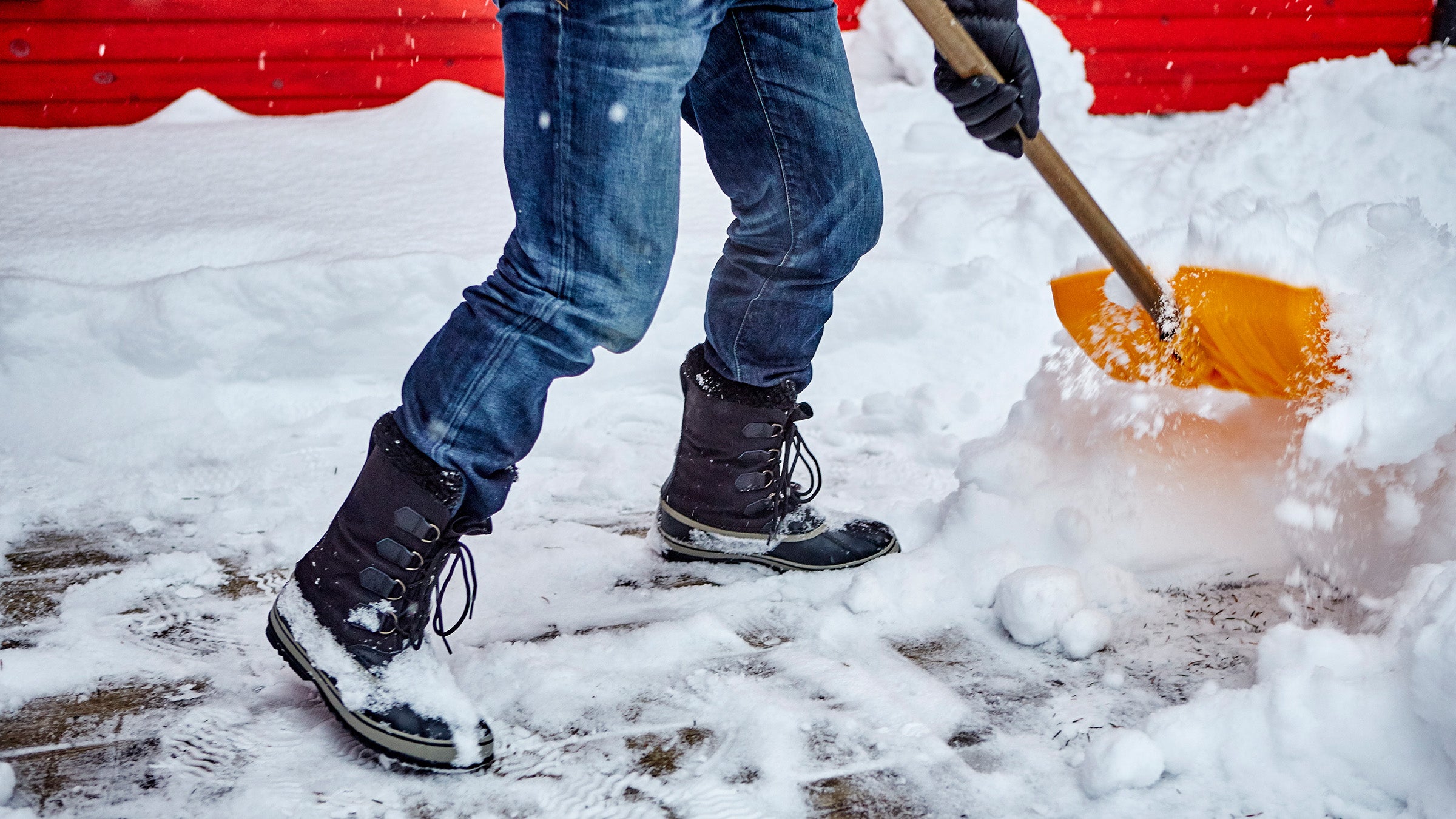The best type of winter footwear varies dramatically depending on the environment. But whether you’re trudging through feet of snow to collect firewood or simply walking your dog on a chilly afternoon, the right set of duds makes all the difference. Our test crew of six women and four men tried 38 pairs of boots, from thick, farm-ready mucks to fashion-forward Chelseas in foul winter weather across the country. These eight picks rose to the top.
At a Glance
- Best Overall: Amundsen Winter Mucks Low Cut ($350): These didn’t make our final list because of the long break-in time—testers weren’t really comfortable in them until about a month of regular wear, which is asking too much for most consumers. The stiff inner boot, which is removable and can double as a house slipper, and Vibram Arctic Grip sole provide exceptional stability on slick hardpack, while the wool loden—a type of woven, boiled yarn—and suede outer naturally sheds water.
- Danner Mountain 600 for Women ($190): These do-it-all boots are classics for a reason. Comfortable straight out of the box, perfect for hikes, snow, and dinner in town. They aren’t quite as warm as some of the other boots on our list, which is the only reason they didn’t rank higher.
How to Choose a Winter Boot
If you expect to walk through lots of snow, look for a boot with a tall shaft measuring about eight or ten inches. A snow collar at the top is a bonus. For a more rainy winter climate, waterproofing details are key, whether rubber rands, neoprene liners, or good ol’ Gore-Tex. While “water-resistant” material may keep you dry enough for short periods in powdery snow, you need true waterproof membranes for wet conditions.
Avoid boots without fully gusseted tongues. Look to see if the tongue is attached directly to the upper from top to bottom. Also beware of perforations in the upper designed to make the boots more breathable—those holes could be a liability in deep water or snow.
When it comes to traction, look for widely spaced lugs on the outsole rather than wavy treads. For an example, look at the pattern on Vibram Arctic Grip soles. Note that no outsole can give you surefootedness on ice by itself; that’s what microspikes and studs are for.
Judging how comfortable a boot will be long-term is difficult at first glance, and pain points unique to your foot often won’t show up for the first few hours or days of wear. Unless you’re sure about the fit, don’t buy boots that can’t be returned after you’ve worn them a few times.
How We Test
- Products tested: 38
- Testers: 10
- Visits to ski resort parking lots: 117
- Miles walked in the snow: 500
- Number of falls on ice: 4
We began our process with an inventory of products that myself and lead tester Stephanie Pearson had reviewed for previous editions of the Outside Winter Gear Guide for the past several years. We stacked those boots up against the personal favorites from our long-time testers, the latest and greatest winter boot releases, and popular picks from across the internet.
From December 2023 through April 2024, each tester rotated their test boots through regular winter activities: walking, driving, hiking, skiing, snowshoeing, schlepping kids to school, running errands, and outdoor chores. At the end of the testing period, each tester nominated their five favorite boots and assigned ratings for warmth, comfort, traction, and style on a scale of 1 to 5. From those lists and ratings, our category manager narrowed down and vetted the winners.
Meet Our Testers
Svati Kirsten Narula, a contributing editor at Outside and the digital editor of Dartmouth Alumni Magazine, is a writer and runner based in Santa Fe, New Mexico. When she’s not working, you’ll find her on the trails—often with one or all of her three dogs in tow.
Stephanie Pearson is a freelance writer for Outside and a former category manager for winter boots in the Outside Gear Guide. She lives in Duluth, Minnesota, where she grew up nordic skiing and shoveling lots of snow.
Benjamin Shulman is a runner, skier, naturalist, and wildlife photographer based in Santa Fe, NM. He travels frequently to the polar regions working as a field guide on small-ship cruises with National Geographic and Lindblad Expeditions.


